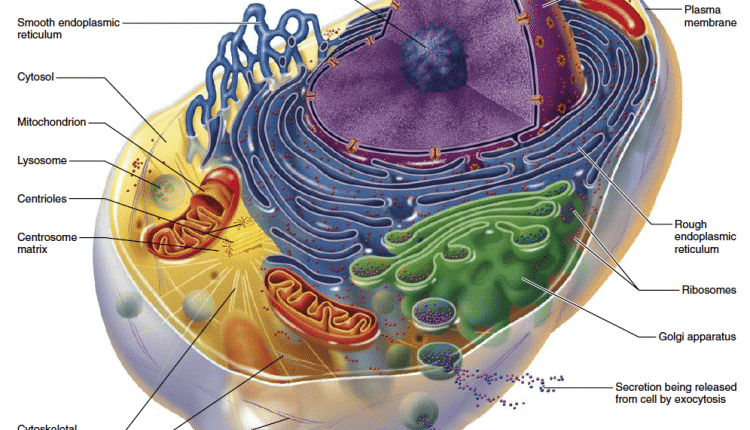Doctor Says: Mitochondria
Mitochondria are the “energy factory” of our body. Several thousand mitochondria are in nearly every cell in the body. Their job is to process oxygen and convert substances from the foods we eat into energy.
Mitochondria produce 90 percent of the energy our body needs to function. There are no cures for mitochondrial diseases, but treatment can help reduce symptoms or slow the decline in health. Treatment varies from patient to patient and depends on the specific mitochondrial disease diagnosed and its severity. However, there is no way to predict patient’s response to treatment or predict how the disease will affect a person in the long run.
No two people will respond to the same treatment in the same way, even if they have the same disease.
Treatments for mitochondrial disease may include Vitamins and supplements. Some experts recommend Coenzyme Q10, B complex vitamins, especially thiamine (B1) and riboflavin (B2), Alpha lipoic acid, L-carnitine (Carnitor), Creatine, and LArginine.
Exercise on a regular basis can be of real benefit – both endurance exercises and resistance/strength
training. These are done to increase muscle size and strength. Endurance exercises include walking, running, swimming, dancing, cycling and others. Resistance/strength training includes such exercises as situps, arm curls, knee extensions, weight lifting and others. Conserve energy. Don’t try to do too much
in a short period of time. Pace yourself. Other treatments may include speech therapy, physical therapy,
respiratory therapy, and occupational therapy. Avoid situations that can ‘trigger’ a worsening of
your medical condition. Some triggers include: exposure to cold and/or heat; starvation; lack of sleep;
stressful situations; and use of alcohol, cigarett es and monosodium glutamate. (MSG is a fl avor enhancer
commonly added to Chinese food, canned vegetables, soups and processed meats.)
What is the outlook (prognosis)?
That’s a difficult question to answer. The outlook depends on how many organ systems and tissues
are aff ected and the severity of disease. Some affected children and adults live near normal lives.
Others might experience drastic changes in their health over a very short amount of time. Some patients
may experience flare-ups of their disease, then a return to a more stable state for years. Although
there is no cure for mitochondrial diseases, at the moment, research is ongoing. Parents with mitochondrial disease(s) who are considering having other children may want to see a genetic counselor
to discuss their concerns.
References
- United Mitochondrial Disease Foundation. Understanding Mitochondrial Disease Accessed 9/24/2014.
- MitoAction. Mitochondrial Disorder Medical Information Accessed 9/24/2014.
- U.S. National Library of Medicine. National Institutes of Health. Department of Health and Human Services.What are the different ways in which a genetic condition can be inherited? Accessed
9/24/2014.
Dr. Irene Družina, M.D. is Slovenian, specializing in Internal Medicine and preventive care at the Cleveland Clinic in Willoughby Hills, Ohio. Cleveland Clinic is ranked one of the top hospitals in America by U.S. News & World Report.
NOTE TO READERS: If you are interested in a specific topic for the Doctor Says column, please write or call the SAT office. We will be happy to oblige.


